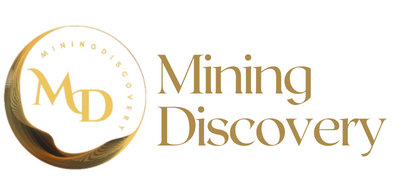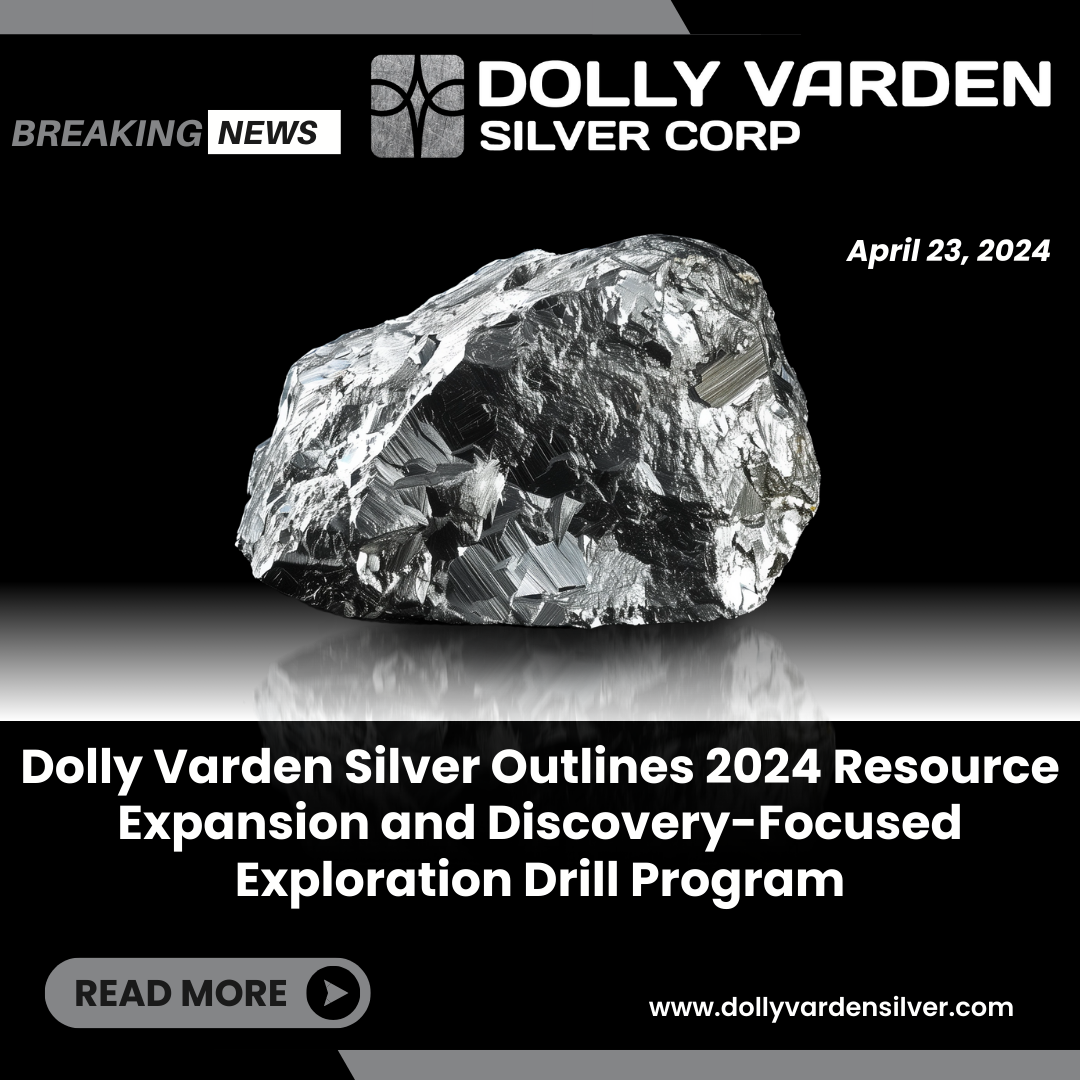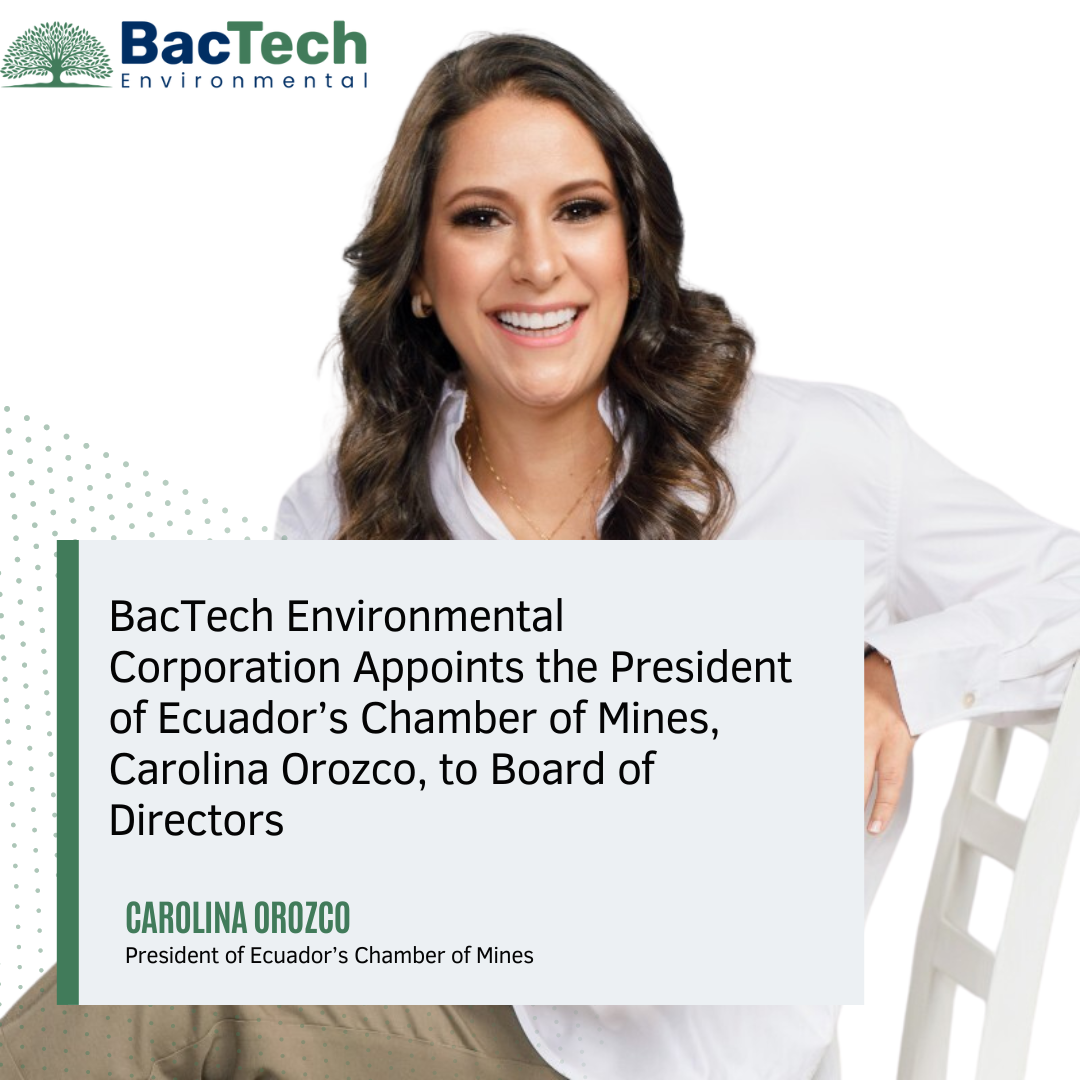The global demand for critical and future-facing minerals is set to usher Australia into a new resources boom. There are currently hundreds of millions of dollars’ worth of key minerals such as nickel, lithium, cobalt and manganese scattered across Australia. These resources will help transition the global economy away from fossil fuels and help foster the transition across to renewable energy technologies.
This will be among the key challenges being addressed by industry leaders and innovators at the International Mining and Resources Conference (IMARC) in Sydney next week when they gather to collaborate on trends in mining, investment and innovation towards a sustainable future.
Australia is currently the world’s largest supplier of nickel, rutile, tantalum and zircon. Whilst also being within the top five global supplies of cobalt, lithium, copper, antimony, niobium and vanadium.
Associate Professor Mohan Yellishetty from Monash University believes Australia is only producing a fraction of what is possible.
“The problem has been that there is lack of interest, a lack of public policy and a lack of appetite within the big miners tap that potential. However, that is certainly changing. Over the past year there has been a greater focus on the value of future-facing minerals.”
Notably, the location of many of these minerals are already extracted from established or finished mine sites, meaning new mines will not need to be built. Assoc Prof Yellishetty research has shown that tailings sites are full of critical minerals ready to be processed.
Assoc Prof Yellishetty says “We now have the technology to filter mine site tailings, clean the environment, and extract valuable critical minerals. There are around 80,000 abandoned mines sites across Australia. Many of them which are holding toxic time bombs that could pollute waterways and communities.”
Allison Britt from Geoscience Australia, the country’s pre-eminent public sector geoscience organisation backs Assoc Prof Yellishetty’s claims. Ms. Britt says “We can also look at different levers to support production of critical mineral by-products by companies at their mines, or by reprocessing tailings to recover critical minerals that were of no interest when the mine was created. All these examples have the potential to provide critical minerals with reduced environmental impact.”
These same processes could also revolutionise the repurposing of old industrial sites, such as the heavily polluted site at Melbourne’s Westgate Tunnel project.
Warm Springs Consulting’s, Amber Bieg is calling for greater investment in future-facing mineral development. Her research shows that global production for key minerals such as lithium will soon not meet demand.
“Over the past decade we have seen an exponential increase in the demand for future-facing minerals and global supply is matching demand.”
The future of resource extraction in Australia can help lead to greener future whilst also helping clean thousands of old mine sites across Australia.
About IMARC:
The International Mining and Resources Conference (IMARC) is where global mining leaders connect with technology, finance, and the future. As Australia’s largest mining event, it brings together over 7,500 decision makers, mining leaders, policy makers, investors, commodity buyers, technical experts, innovators, and educators from more than 100 countries for three days of learning, deal-making and unparalleled networking. IMARC is developed in collaboration with its founding partners the Victorian State Government of Australia, Austmine, the Australasian Institute of Mining and Metallurgy (AusIMM) and Mines and Money.



